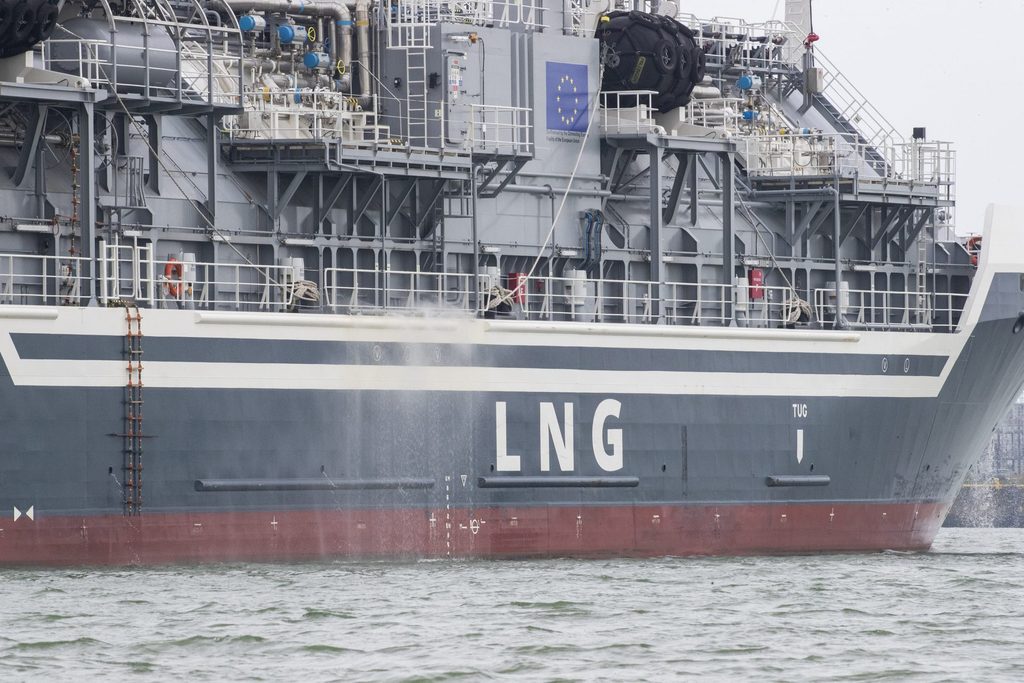Global natural gas consumption reached a record high in 2024 and is expected to grow further in 2025, according to a report by the International Energy Agency (IEA) on Tuesday, which anticipates “tight” markets this year.
The world consumed 115 billion cubic metres more natural gas (from fossil sources) than in 2023 – a 2.8% increase and significantly above the 2% average growth rate from 2010 to 2020, the IEA indicated based on preliminary data in its quarterly gas market report. In October, the IEA estimated global gas consumption at 4,200 billion cubic metres for 2024.
According to initial estimates, gas covered “about 40% of the increase in global energy demand” – a higher share than any other fuel, stated the IEA (the OECD’s energy agency based in Paris).
Gas “continues to replace oil and oil products in various sectors,” such as long-distance road transport and the electricity production sector. Burning gas has less CO2 emissions than coal and oil.
Gas demand is set to “increase in 2025, primarily due to the rapid growth of Asian markets,” the IEA explained, noting that “at the same time, the global gas balance remains fragile, with supply remaining tight and geopolitical tensions continuing to fuel price volatility.”
Related News
- Qatar's Energy Minister threatens to halt LNG deliveries to EU countries
- Oil and gas 'surplus' before 2030 could drive down prices for consumers, says IEA
- Looking ahead to energy in 2025
The IEA also noted that while the cessation of Russian gas transit via Ukraine on 1 January 2025 “should not pose an imminent risk to the security of supply in the European Union, it could increase the EU’s need for liquefied natural gas (LNG) imports and tighten market fundamentals this year.”
This LNG, transported via methane tankers, is highly sought after in Asia and Europe, which has had to compensate for the lack of Russian gas historically transported westward through land pipelines since the start of the war in Ukraine in 2022. However, European LNG imports declined by 18% in 2024.
The United States retained its position as Europe’s top supplier despite an 18% decrease in demand, followed by Russia, whose supplies of this liquid gas to Europe, primarily transported from the mega Yamal LNG field in Siberia, increased by 17%.
Belgium, France, and Spain accounted for 85% of Europe’s total LNG imports from Russia in 2024.

